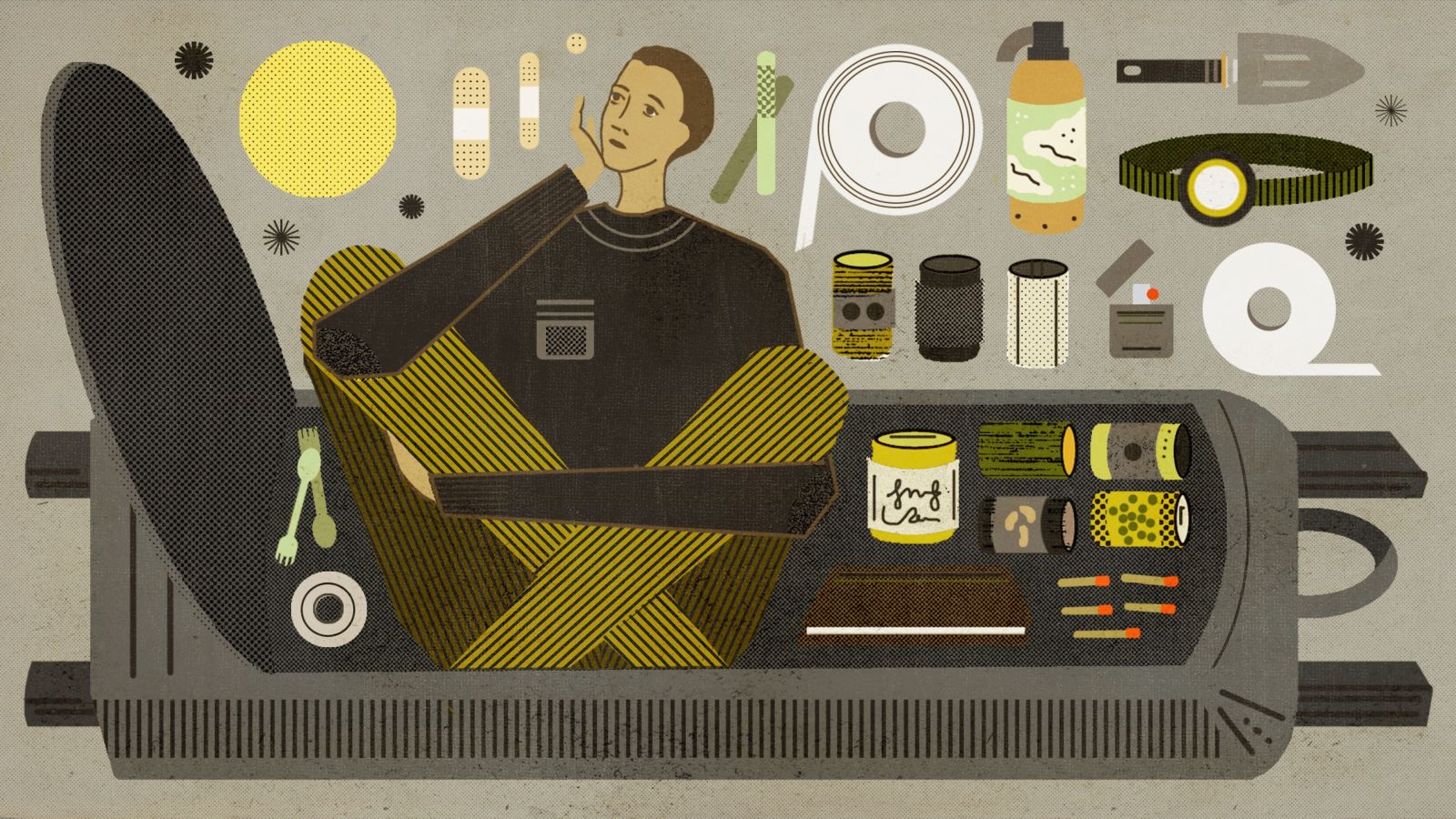After my first Practical Prepping post which was inspired by my observations as a field adjuster, investigator and risk manager, I thought I would ask my wife about her suggestions. My wife is a Victim Services worker with two municipal police departments and our provincial court system. She told me that she thought that most people (including us) should make a “death file” or a “when I die” file.

Everyone thinks that they will be the ones to survive an emergency, but the sad new is, life is totally random when it comes to this kind of thing.
Similar to my encrypted USB with key information on it (see prev. post) that I keep in my emergency bag, the death file contains critical information for post incident recovery. The only difference is, it isn’t a recovery you’re going to be a part of.
Items in the file could/should include:
□ An advance directive that’s signed (and notarized if necessary)
□ A will and living trust (with certificate of trust)
□ Marriage or divorce certificate(s)
□ Passwords for phone, computer, email, and social media accounts
□ Life/Property insurance documents
□ Home and vehicle titles
□ List of active subscriptions/memberships
□ Investments
□ Instructions for your funeral and final disposition
□ An ethical will
□ Letters to loved ones
I personally also use Google’s inactive account manager. This allows for my wife to have access to all of my Google account data (including Google Drive, where we keep all our documents) in the event I have not accessed my account for a set period of time.
Nothing really to add to this one, but since prepping...or at least buying all the soup and toilet paper, is on people’s minds, I thought I’d share my and my wife’s plans/experiences.